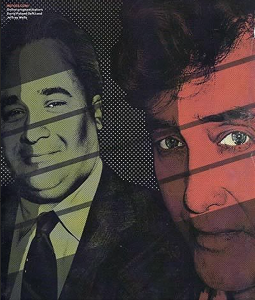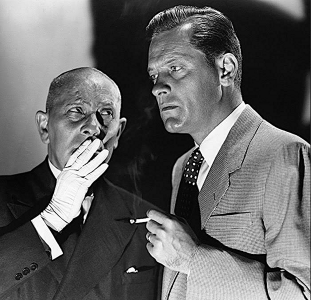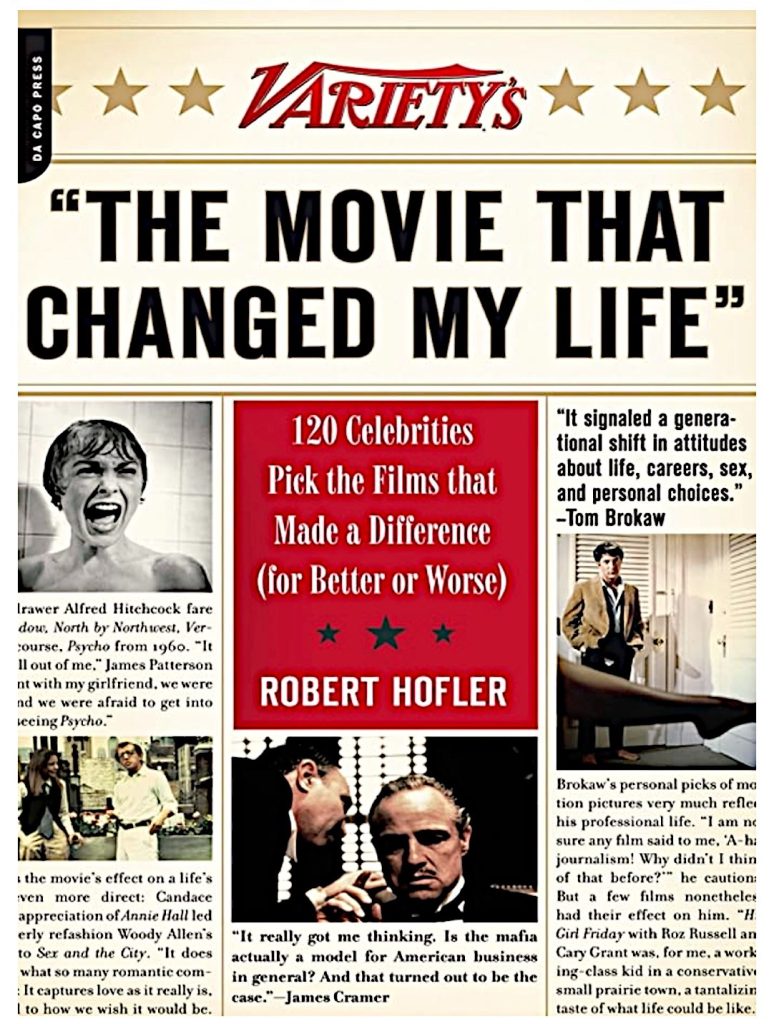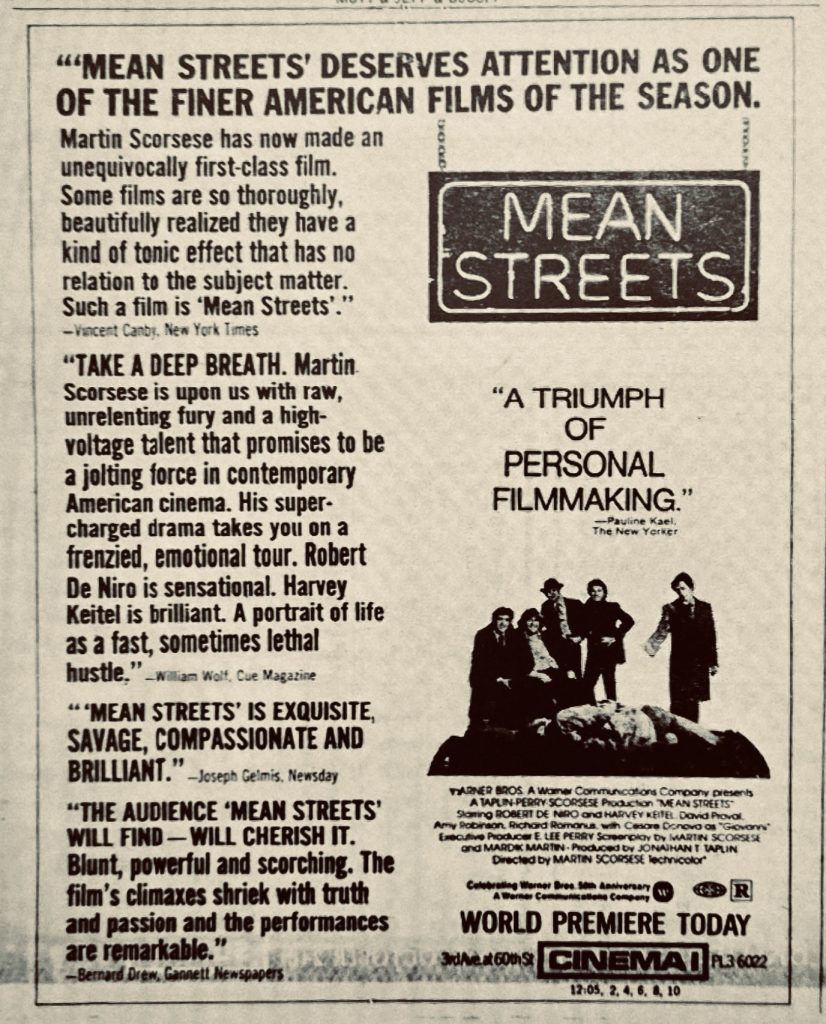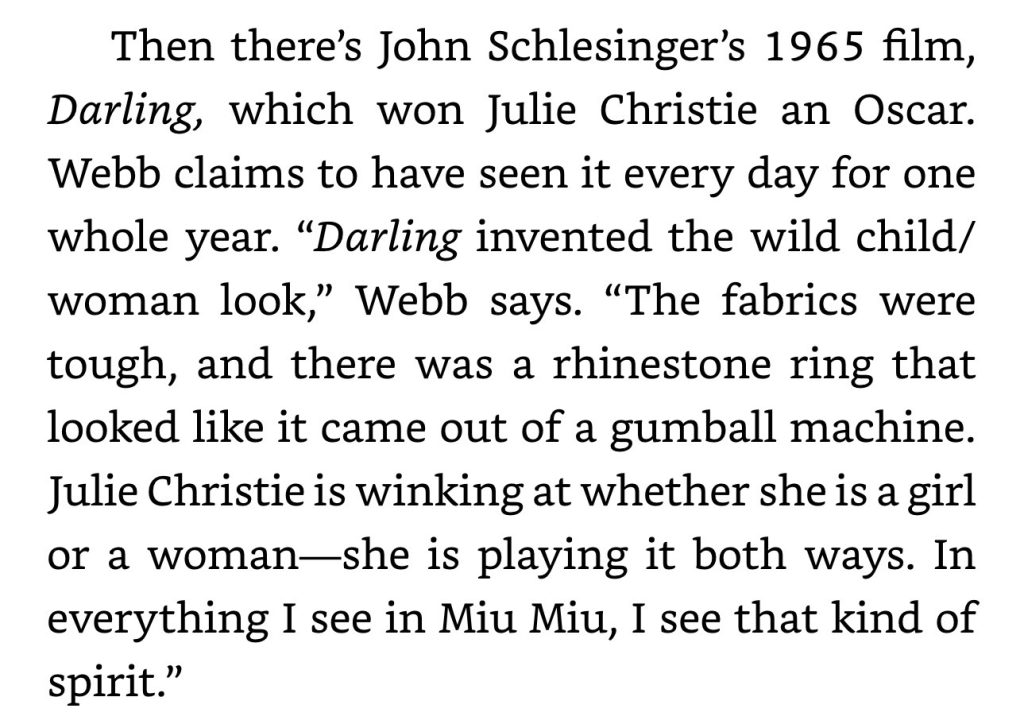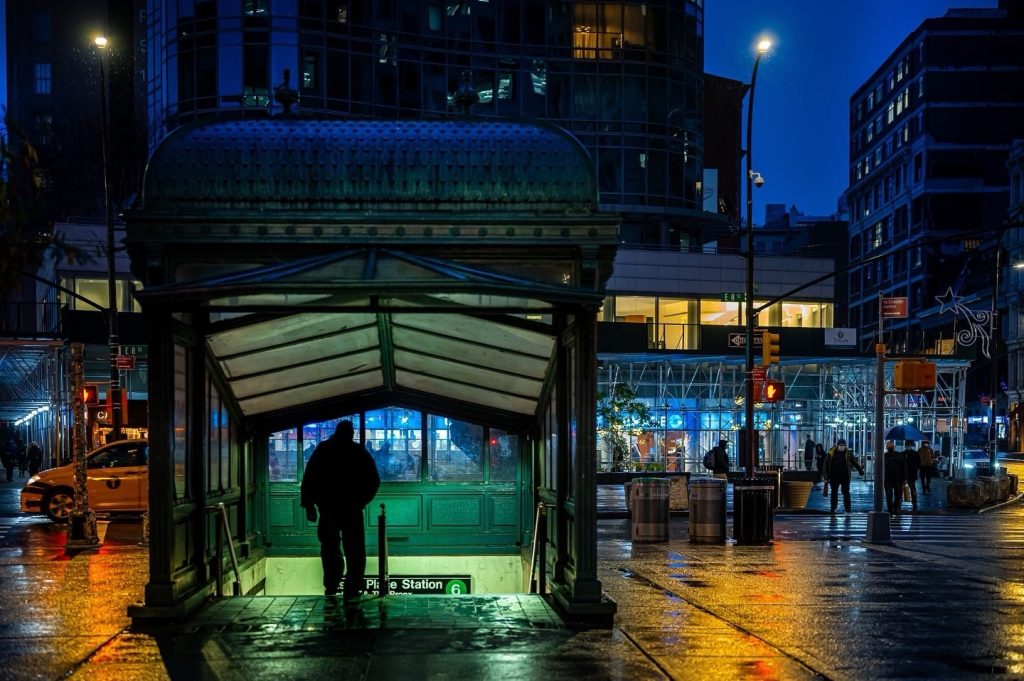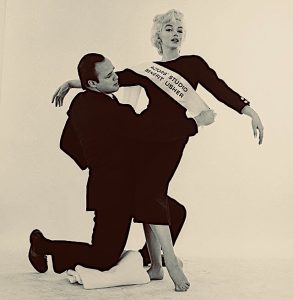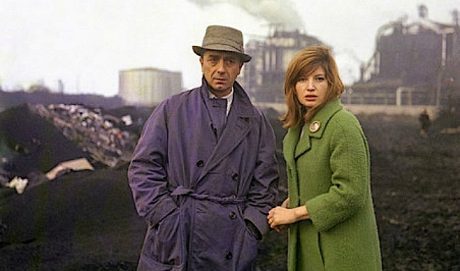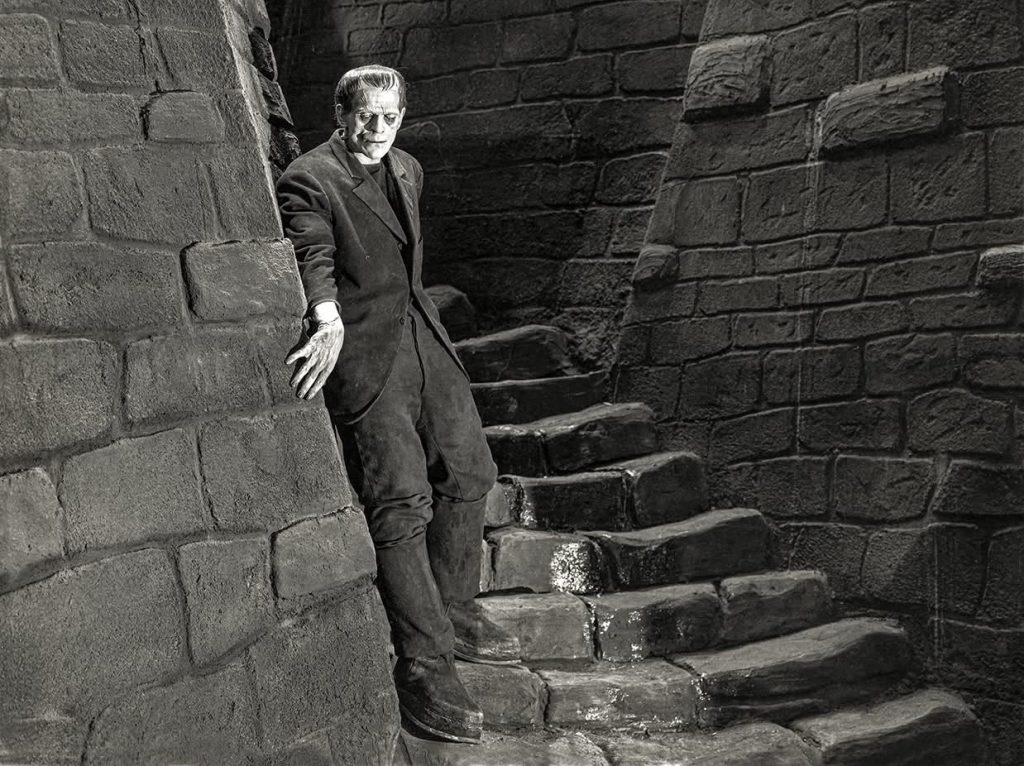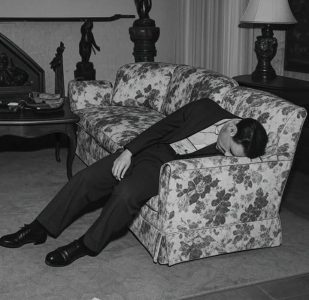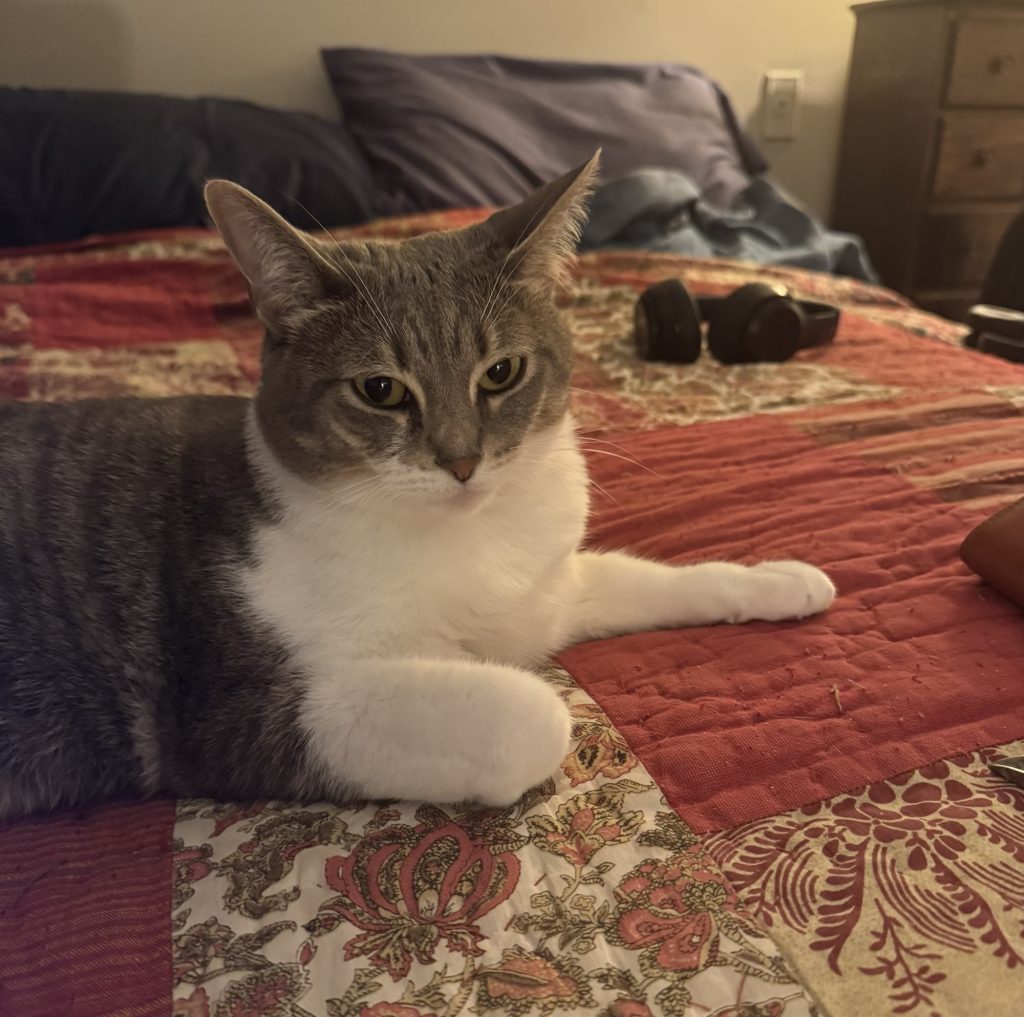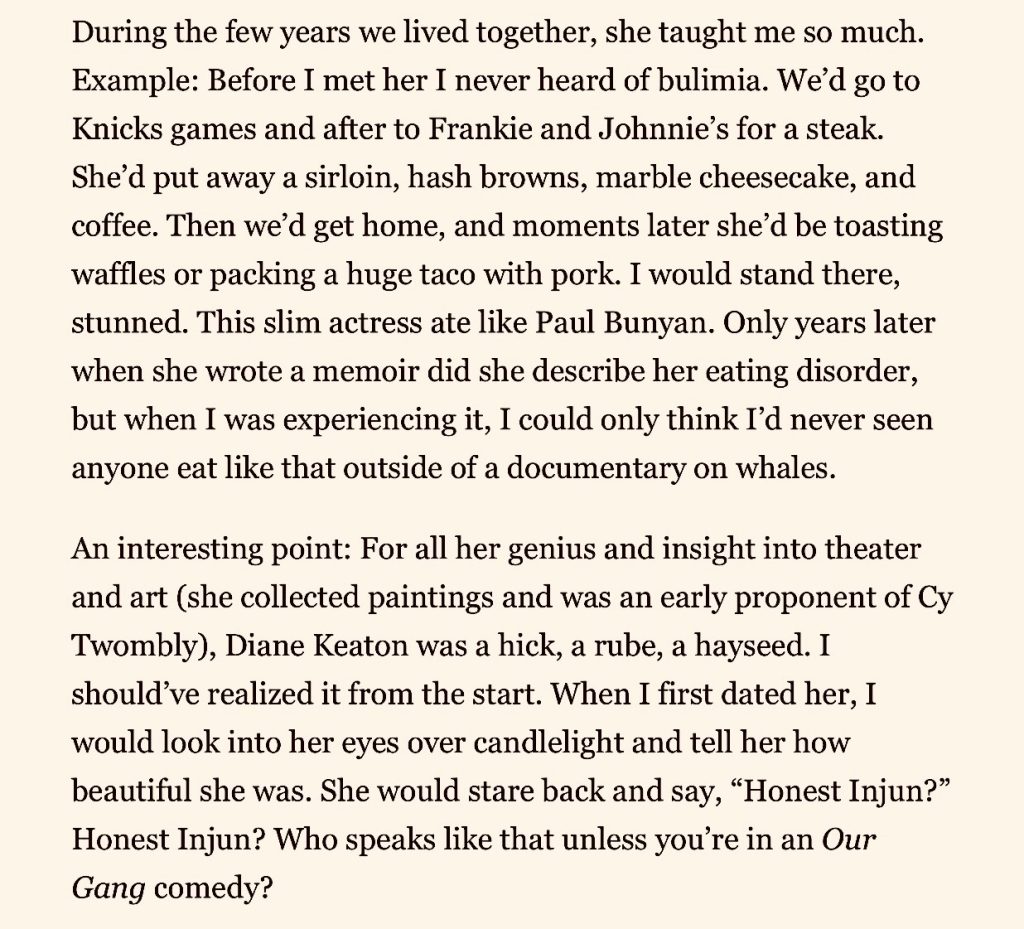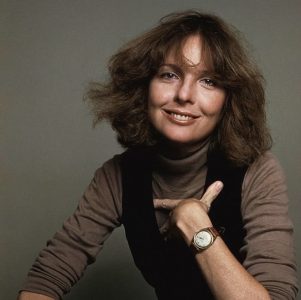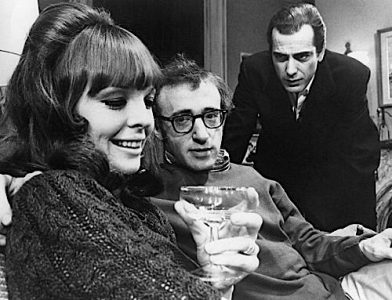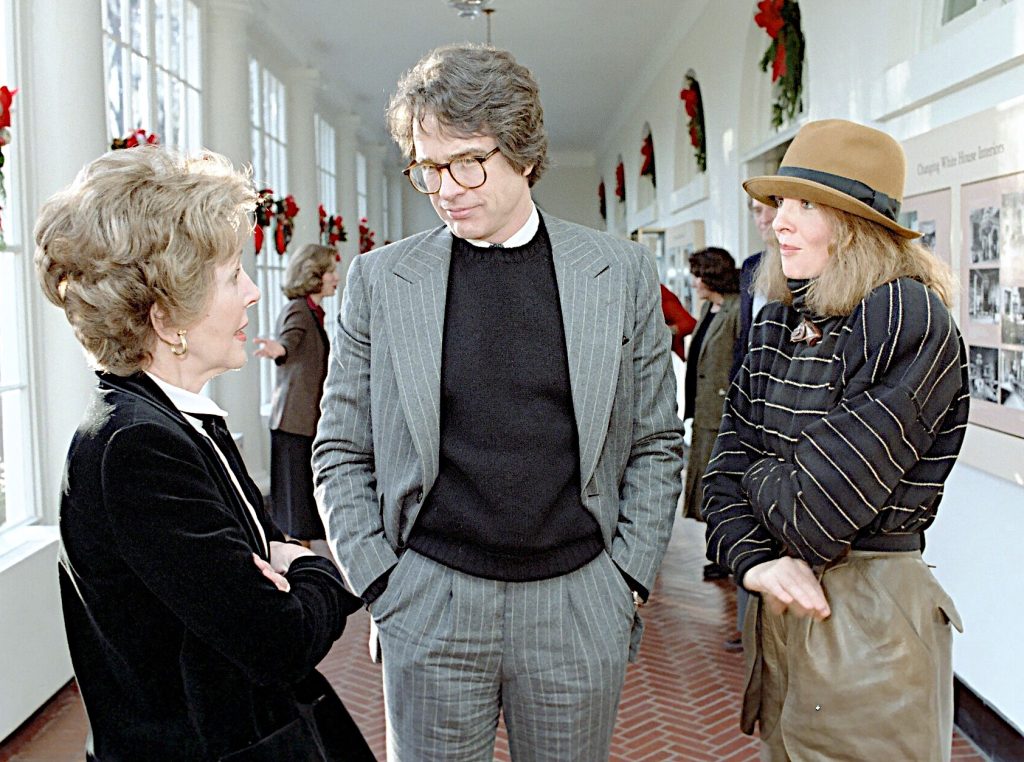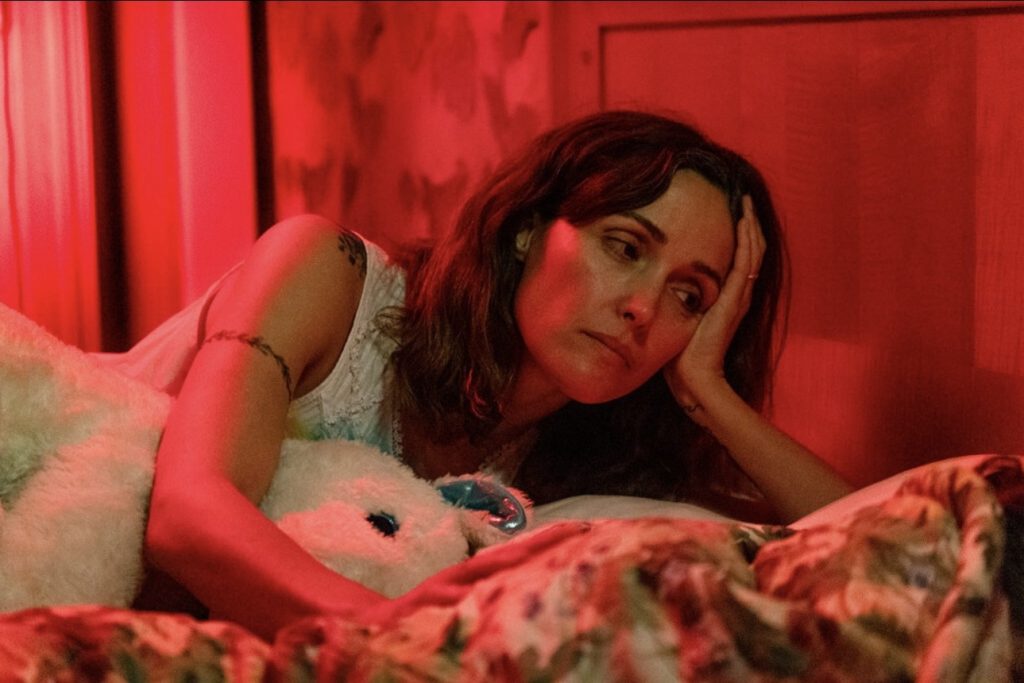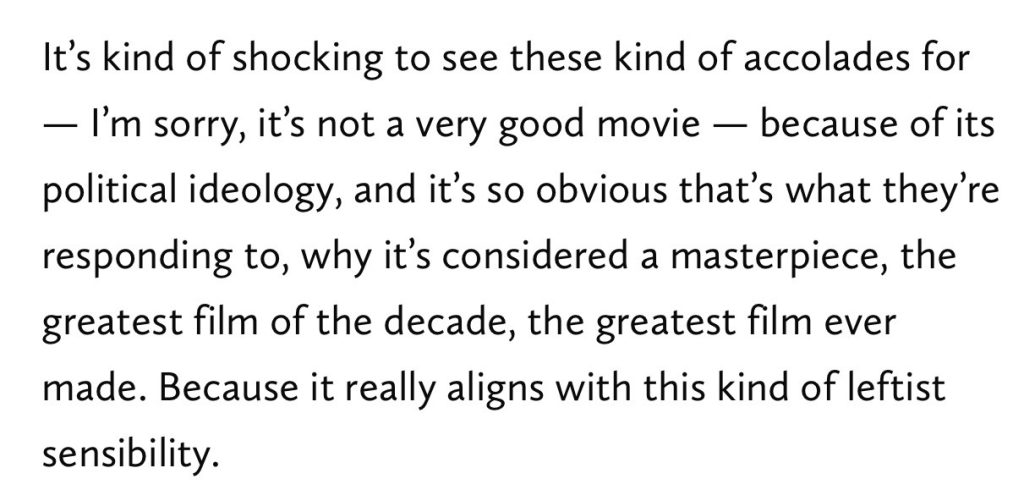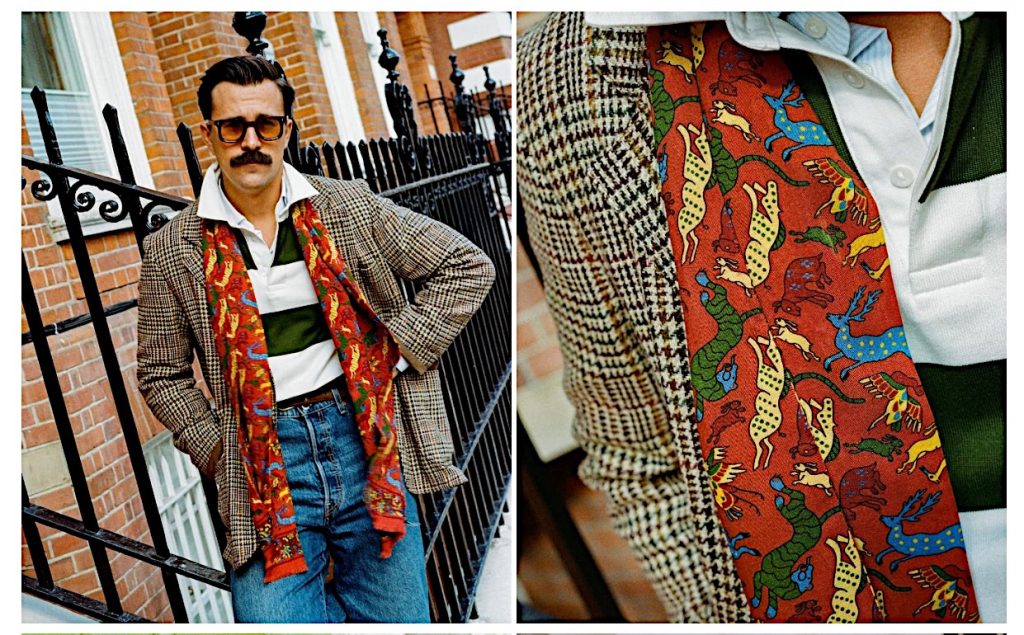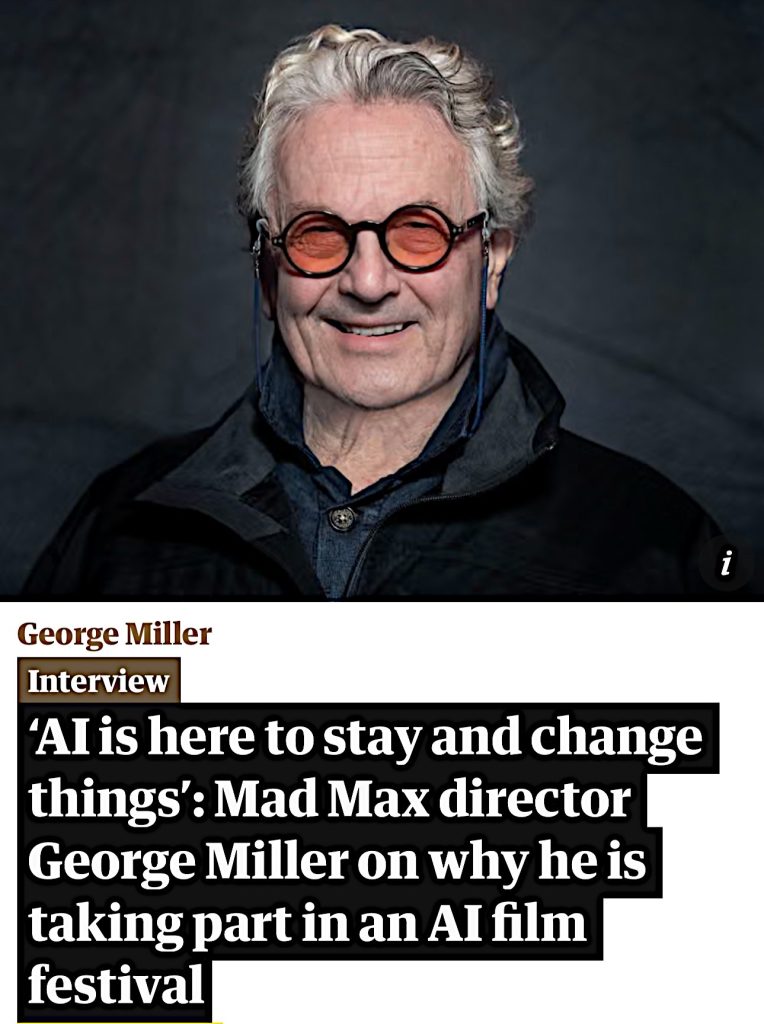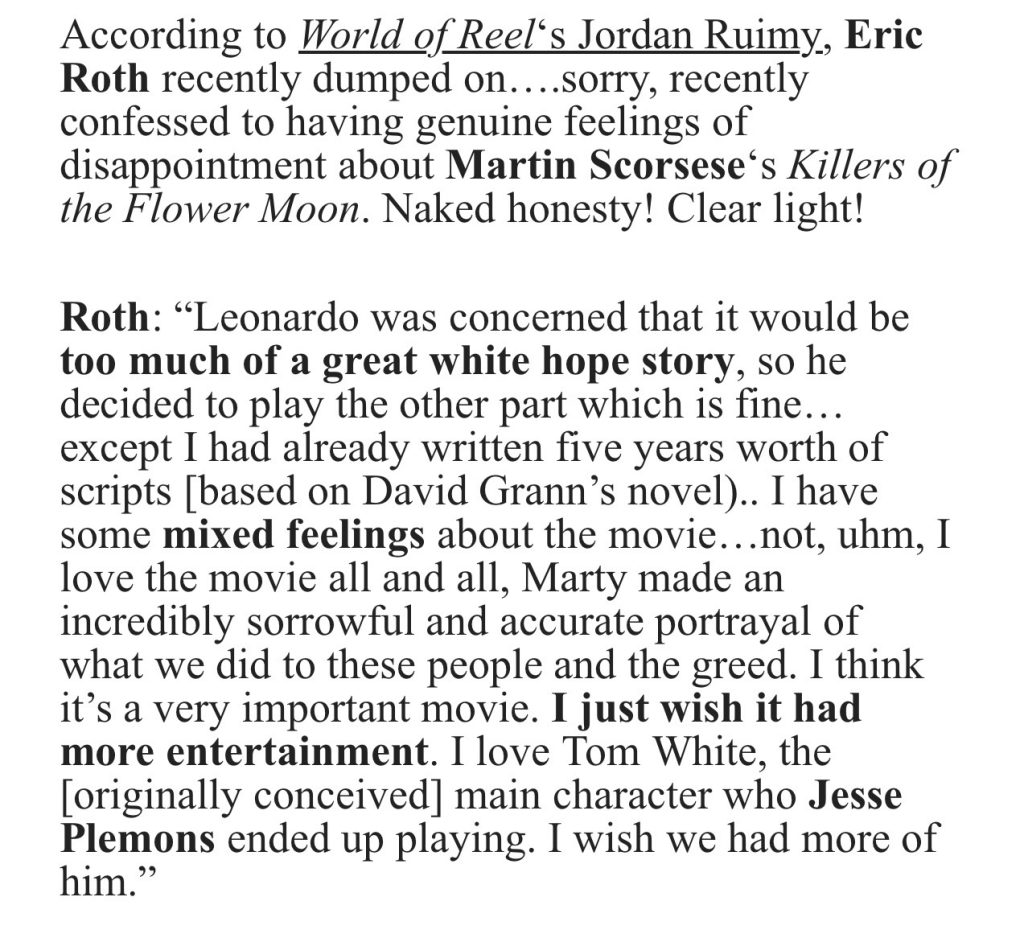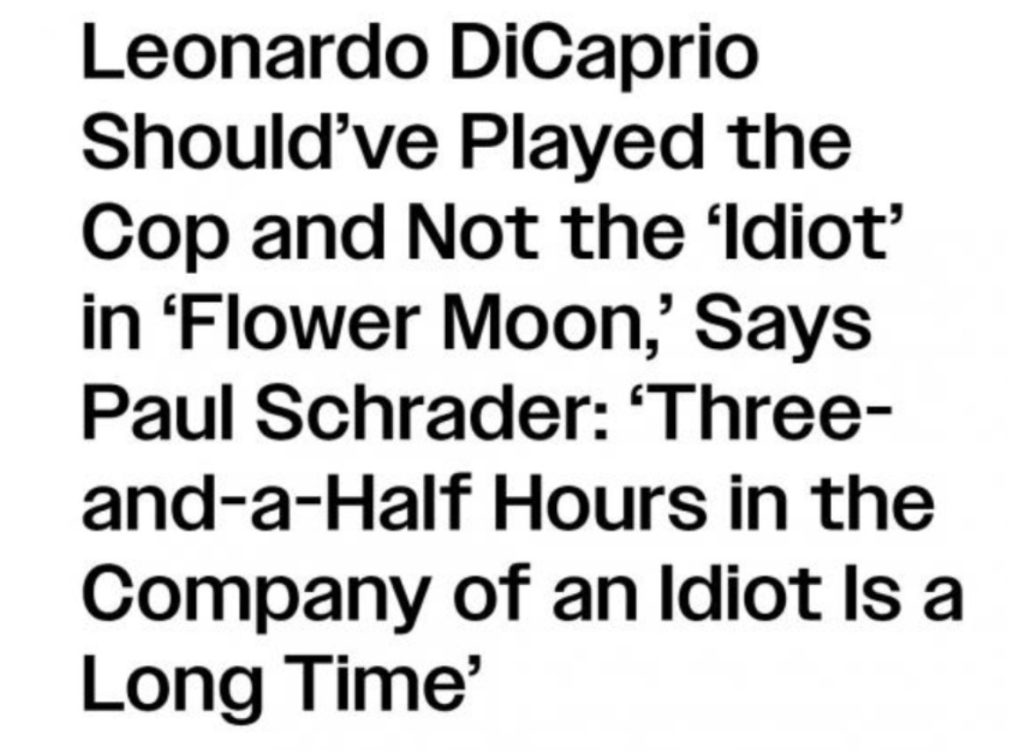In Billy Wilder Sunset Boulevard (‘50), the regal, curiously old-world, organ-playing, stiff-necked Max von Mayerling (Eric Von Stroheim) is not just Norma Desmond’s chauffeur. He is also her ex-husband and a once-powerful Hollywood director.
In the 1920s and early ‘30s Stroheim himself was a major, auteur-level Hollywood director (Greed The Merry Widow, Queen Kelly), which is why the snickering, smart-assed Wilder cast him as Max — a “wink wink” meta thing.
Like Von Mayerling, Von Stroheim’s imperious manner, exacting standards and creative arrogance had led to his being elbowed out of the elite circles of Hollywood power before he was 50.
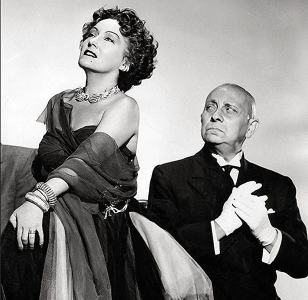
I was never a filmmaker, of course, but I was undeniably an influential and consequential industry reporter and freelance commentator, print-wise, in the ‘90s, and then I became a major columnist, opinion-monger and “Oscar whisperer” when Hollywood Elsewhere took flight in ‘04 until…oh, roughly ‘21 or thereabouts, which is when I was Twitter-torpedoed by the Stalinist wokezoids, and by the femmebot-trans contingent in particular.
I hadn’t “done” a damn thing — it was all about my not-woke-enough or anti-woke views and opinions.
The 2025 version of HE is just as perceptively snap-dragon and on-target and lusciously well-written as it was in my Clinton-Bush-Obama-early Trump heyday.
But supplemental-income-wise I have become, in a sense, a Max Von Mayerling variation, chauffeuring Fairfield County swells to the four NYC-area airports while radiating a certain worldly, “oh, I’ve been around and done a few little things in my time” mentality or attitude, although always with a wink and a smile.
On top of which after his fall from grace Max Von Mayerling wasn’t a well-read, Bhagavad Gita-fortified columnist who annually attended the major film festivals (Cannes, Telluride, Venice) by way of crowd-funding and the kindness of certain friends.
In a certain light I’ve sorta come full circle. The first really cool job I ever had was driving for Checker Cab in Boston (’70s), and all the while I was a secret genius.
Von Stroheim never accepted the humiliation of becoming his ex-wife’s chauffeur, but he certainly suffered an industry-mindset comedown in the ‘30s, ‘40s and ‘50s. He was only 72 when he died in 1957.
